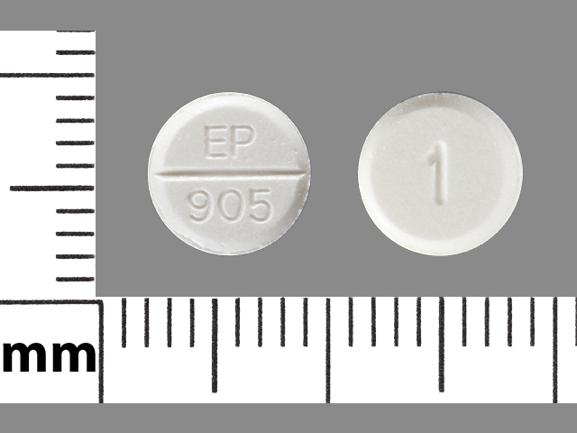Description
What Is Ativan?
Ativan is the brand name for lorazepam, a benzodiazepine used to treat:
-
Anxiety disorders
-
Short-term insomnia associated with anxiety
-
Acute agitation and seizures
-
Off-label uses like managing alcohol withdrawal and preventing chemotherapy-related nausea.
It acts quickly, with effects typically felt within 30 minutes to 1 hour .
How It Works
Lorazepam enhances the neurotransmitter GABA by binding to GABAA_A receptors, increasing chloride influx, inhibiting neuron firing, and producing calming, anti-anxiety, muscle relaxant, and sedative effects.
Pharmacokinetics
-
Bioavailability: ~90% after oral intake
-
Peak levels: ~2 hours post-dose
-
Half-life: ~12–14 hours
-
Metabolism: Glucuronidation (no major CYP involvement), safe for mild liver disease.
-
Excretion: Via kidneys as inactive metabolites.
Dosage & Forms
Tablet strengths
-
0.5 mg, 1 mg, 2 mg
Common dosing
-
Anxiety: 2–6 mg daily (divided doses)
-
Insomnia: 2–4 mg at bedtime
-
Elderly/debilitated: Start low at 1–2 mg/day
-
Injectable/solution forms are also available for hospital use.
When & How to Take It
-
Usually once or multiple times per day, depending on the condition
-
May be taken with or without food
-
Do not exceed the prescribed dose, and avoid alcohol or other depressants due to risk of excessive sedation
Side Effects
Common
-
Drowsiness, sedation, dizziness, weakness, unsteadiness
-
Memory impairment, confusion, headache
Serious
-
Respiratory depression (especially with opioids/alcohol)
-
Paradoxical reactions (agitation, aggression), especially in elderly/children
-
Low blood pressure, respiratory insufficiency
Warnings & Precautions
-
Black box warning for respiratory depression with opioids.
-
Risk of dependence & tolerance, even after weeks of use.
-
Withdrawal may start within 24h (short-acting) and can be severe—taper slowly
-
Use cautiously in elderly, respiratory disease, glaucoma, liver/kidney impairment, pregnancy/breastfeeding
Interactions
-
Additive sedation with CNS depressants: alcohol, opioids, barbiturates
-
Some drugs increase clearance (phenobarbital, rifampin), others slow it (valproate)
Special Populations
-
Pregnancy/Lactation: Avoid—risk of neonatal sedation and withdrawal
-
Pediatrics: Use limited; watch for paradoxical effects
-
Geriatrics: Lower doses; increased risk of falls, cognitive impairment
Safe Use Recommendations
-
Use short-term (≤4 weeks for anxiety) unless supervised.
-
Avoid alcohol / opioids
-
Taper off gradually—never stop abruptly
-
Don’t drive or operate machinery until effects are known
-
Keep securely stored—Schedule IV controlled
In the News: Media Depiction
The TV show “The White Lotus” showcased casual lorazepam use, drawing criticism from medical experts for underscoring:
-
Short-term use only
-
Risk from combining with alcohol
-
Dependence, withdrawal, overdose potential
Summary Table
| Aspect | Details |
|---|---|
| Drug Class | Benzodiazepine |
| Mechanism | GABAA_A potentiation |
| Usual Dose | 1 mg tablet (up to 6 mg/day) |
| Onset | 30–60 minutes |
| Duration | ~12–14 hours |
| Common Side Effects | Sedation, dizziness, memory issues |
| Major Risks | Dependence, respiratory depression |
| Use Caution | Elderly, pregnant, respiratory issues |
| Controlled | Schedule IV |
Final Thoughts
Ativan 1 mg is a fast-acting, effective treatment for acute anxiety, insomnia, and related conditions. However, it carries significant risks of dependency, sedation, interactions, and withdrawal, especially with prolonged use or unsafe combinations.
Best use involves:
-
Short-term, lowest effective dose
-
Medical supervision for tapering
-
Avoiding other depressants like alcohol or opioids
For long-term anxiety relief, consider safer alternatives like SSRIs, SNRIs, and cognitive behavioral therapy alongside lifestyle strategies


Reviews
There are no reviews yet.